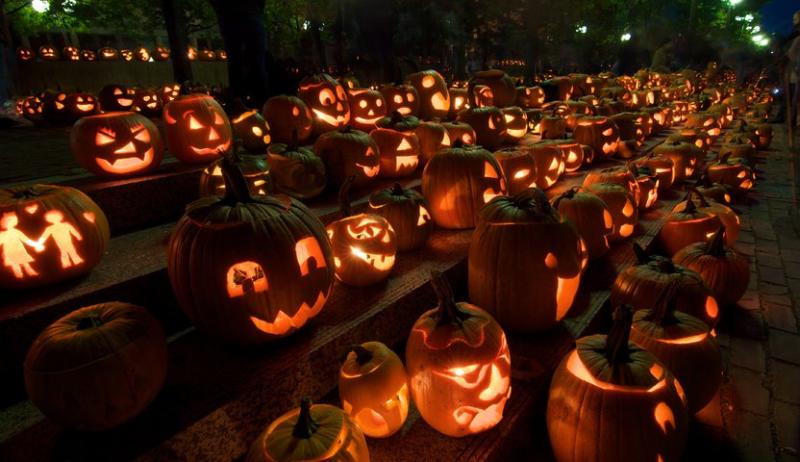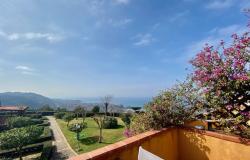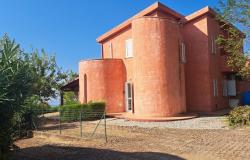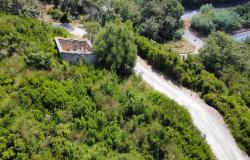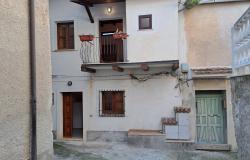While Halloween today is associated with Anglo-Saxon countries and especially the U.S., its roots lie deep in European traditions. Halloween is thought to have originated from the ancient Celtic festival of Samhain, which marked the end of the harvest season and the beginning of winter, a time associated with death. Samhain was celebrated on the night of October 31, when it was believed that the ghosts of the dead returned to earth; people would light bonfires and wear costumes to turn away the wandering ghosts. November 1 marked the new year.
After the Roman Empire conquered Celtic lands, cultural traditions began to mix. In the 8th century, Pope Gregory III designated November 1 as a time to honor all saints and martyrs; the holiday, All Saints’ Day, incorporated some of the traditions of Samhain. The evening before was known as All Hallows’ Eve, hallow meaning ‘holy’. It later became Halloween. In 1000 A.D., the Catholic Church made November 2 All Souls’ Day, a day to honor the dead, in an attempt to replace the Celtic festival of the dead with a similar holiday that would be church-approved.
So it should not come as a surprise that many towns in Italy have celebrations on October 31 with traits that are similar to Halloween as we know it today. Tradition has it that early Christians, in celebrating the commemoration of the dead, would wander their villages asking for a sweet called “pane d’anima” (“soul bread”); the more sweets they received, the more prayers they addressed to the donor’s deceased.

[Carved pumpkins on display in Orsara di Puglia.]
Halloween-like traditions in Italy
In Serra San Bruno, Calabria, there is the age-old tradition of “Coccalu di muortu”. After carving a pumpkin in the guise of a skull (known in the local dialect as coccalu di muortu), the village’s boys wander the streets holding their creations, knocking on doors or asking people on the streets, “Mi lu pagati lu coccalu?” (“Will you pay me for the skull?”).
In Orsara di Puglia, on the night between 1 and 2 November, the very ancient feast of “fucacost” (fire side by side) is celebrated: in front of every house, bonfires are lit to light the way home for the dead who, on that night, return home to visit the living. Meat is cooked on the embers of these bonfires, and everyone eats it together on the streets. On November 1, the traditional competition of decorated pumpkins takes place on the main square (the pumpkins are called “cocce priatorje” – heads of purgatory).
In many Sardinian villages, a very old tradition survives that sees children going from house to house to ask to do good for the souls of the dead by making gifts; they say ritual phrases such as “Mi ddas fait is animeddas?” (“Will you make the little souls?”)

[Witch in Triora, 'the town of witches', where a big Halloween celebration takes place every year.]
The biggest Halloween celebrations in Italy
Among the most famous Halloween celebrations held in Italy is the one happening in Triora (Imperia), a village in Liguria known as “the town of witches”. (Incidentally, Triora is part of the network “I Borghi Piú Belli d'Italia”, a list of Italy’s most beautiful medieval villages.) It is no coincidence that a big Halloween celebration takes place right here: Triora was the site of a series of witch trials held from 1587 to 1589, when 200 local women were accused of being responsible for the continuous plagues, acid rain, livestock killings and even cannibalism of newborns. Triora hosts a number of folklore- and horror-themed events through the year, such as the summer witchcraft festival in August, the mushroom festival in September, and Halloween on October 30-31. Women dress as witches, Halloween-themed decorations abound, pumpkins are carved, residents were costumes, haunted tours are organized; the night of October 31, Triora will be completely lit by 200 pumpkins and the most beautiful costume will be voted.
Now in its 20th edition, Corinaldo’s Halloween event (Festa delle Streghe) is also a big draw. This year, it takes place October 27-31, when the small town in Le Marche transforms into an open-air Halloween-themed park. Halloween-themed sets will lit every corner of the village, which is enclosed by well-preserved 14th-century walls. Witches, skeletons and monsters, a haunted house, a “tilted room”, will all contribute to make the event as spookily fun as possible. On October 30th, Miss Strega (Miss Witch) will be elected. There will also be music and dance performances.

[The old 'pozzo' in Corinaldo, a village in Le Marche home to the annual Festa delle Streghe.]
Finally, one of the largest Halloween celebrations in Italy takes place in Borgo a Mozzano in the province of Lucca, Tuscany. Now in its 24th edition, the event takes place October 28-31 in the streets of the old town center, inspired by the many legends, stories, and mysteries related to the area. One of these legends is recreated during the Halloween celebration, and refers to noblewoman Lucida Mansi, who is said to have exchanged her soul with the devil for 30 years of beauty. Lucida and the devil pass through town in a procession accompanied by demons and fire-eaters. At the end of the procession, Lucida’s soul is dropped from Ponte della Maddalena, known as the Devil's Bridge, into the river below, which represents the underworld. Another major attraction of the evening is the "Passage of Terror," a horror route consisting of more than 10 sets where actors of all ages interpret creepy characters, and participants take an active role in the show.
Where do you celebrate Halloween in Italy?
